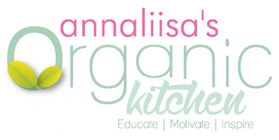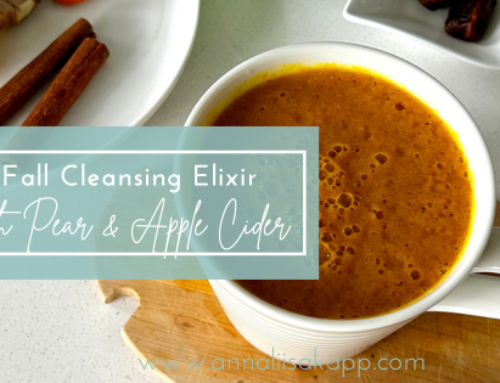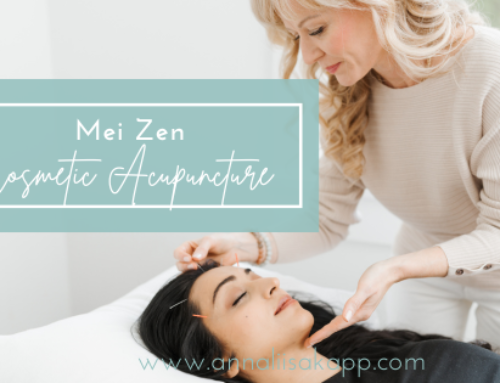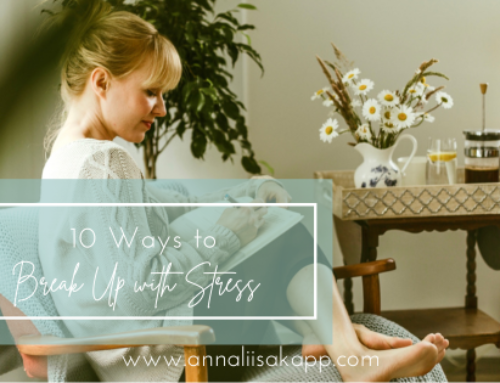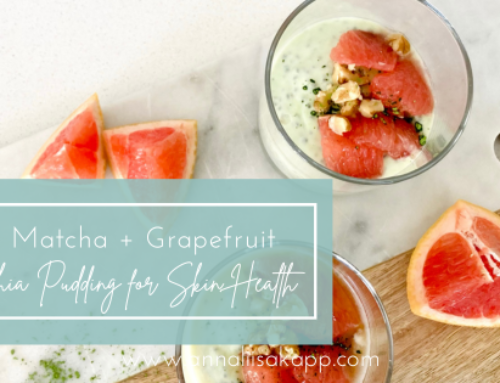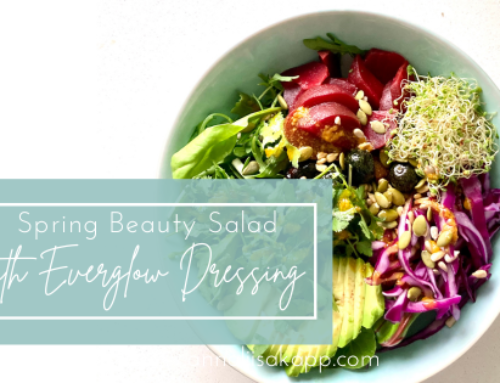The Dirty Dozen – Cosmetics Edition!
Have you looked at the ingredient list of your favourite cream lately? Can you pronounce any of the ingredients, besides water and fragrance? Ironically, many of these toxic ingredients are actually pretty bad for your health and your skin. Research in the US shows that one in eight of the 82,000 ingredients used in personal care products are industrial chemicals, including carcinogens, pesticides, reproductive toxins, and hormone disruptors. At first glance it doesn’t seem like a big deal, right? I mean, so there are some ingredients in my skincare and makeup that I don’t know or understand. And after all, it’s going on my face and body, not in my mouth! That’s what I thought too. But the reality is, it does get absorbed into your bloodstream through your pores. 60% of what you put on your skin, ends up inside your body!
Over time, as you continue to use chemicals on your body, they accumulate in the liver and fat cells and start to cause all sorts of problems. An overburdened liver can lead to hormonal imbalance, skin issues, weight gain and depression. Synthetic chemicals have been linked to everything from cancer, infertility and even birth defects.
Not only are these chemicals harmful to your body, they affect fish and other wildlife as well. Essentially, these products are tested on us, as well as poor defenseless animals. The pretty packaging and clever celebrity enticed marketing is actually a pretty ugly mess of chemical concoctions proven to be unhealthy for you and our planet.
With already so much on our plate, who has time to sift through the extensive ingredient list of all the creams, potions and lotions we put on our body. Well, my friend, here is a list of the most toxic ingredients you will find in skincare and cosmetics. Ditch these, and you’ll be on your way to a more healthy vibrant you:)
Here is a list of the Dirty Dozen in Cosmetics to stay clear of:
1. BHA and BHT
Used mainly in moisturizers and makeup as preservatives. Suspected endocrine disruptors and may cause cancer (BHA).
2. Coal tar dyes: p-phenylenediamineand colours listed as “CI” followed by a five digit number The U.S. colour name may also be listed (e.g. “FD&C Blue No. 1” or “Blue 1”).Often labelled as an anti-dandruff in shampoos. Potential to cause cancer and may be contaminated with heavy metals toxic to the brain.
3. DEA-related ingredients
Used in creamy and foaming products, such as moisturizers and shampoos. Can react to form nitrosamines, which may cause cancer. Look also for related chemicals MEA and TEA.
4. Dibutylphthalate
Used as a plasticizer in some nail care products. Suspected endocrine disruptor and reproductive toxicant.
5. Formaldehyde-releasing preservatives
Look for DMDM hydantoin, diazolidinyl urea, imidazolidinyl urea, methenamine and quarternium-15. Used in a variety of cosmetics. Slowly release small amounts of formaldehyde, which causes cancer.
6. Parabens
Used in a variety of cosmetics as preservatives. Suspected endocrine disrupters and may interfere with male reproductive functions.
7. Parfum(a.k.a. fragrance)
Any mixture of fragrance ingredients used in a variety of cosmetics — even in some products marketed as “unscented.” Some fragrance ingredients can trigger allergies and asthma. Some linked to cancer and neurotoxicity.
8. PEG compounds
Used in many cosmetic cream bases. Can be contaminated with 1,4-dioxane, which may cause cancer. Also for related chemical propylene glycol and other ingredients with the letters “eth” (e.g., polyethylene glycol).
9. Petrolatum
Used in some hair products for shine and as a moisture barrier in some lip balms, lip sticks and moisturizers. A petroleum product that can be contaminated with polycyclic aromatic hydrocarbons, which may cause cancer.
10. Siloxanes
Look for ingredients ending in “-siloxane” or “-methicone.” Used in a variety of cosmetics to soften, smooth and moisten. Suspected endocrine disrupter and reproductive toxicant (cyclotetrasiloxane).
11. Sodium laurethsulfate
Used in foaming cosmetics, such as shampoos, cleansers and bubble bath. Can be contaminated with 1,4-dioxane, which may cause cancer. Look also for related chemical sodium lauryl sulfate and other ingredients with the letters “eth” (e.g., sodium laureth sulfate).
12. Triclosan
Used in antibacterial cosmetics, such as toothpastes, cleansers and antiperspirants. Suspected endocrine disrupter and may contribute to antibiotic resistance in bacteria.
Source: http://www.davidsuzuki.org/issues/health/science/toxics/dirty-dozen-cosmetic-chemicals/
Doing a detox and giving your bathroom a natural makeover are essential for good health. There are many ethical companies around the world, and right here in Vancouver, that consider the environment and our health when making truly non-toxic skin care. any awesome products there from some really awesome Canadian companies.
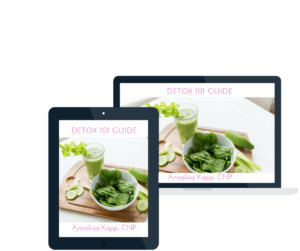
Could you benefit from a cleanse? Download my free Detox 101 Guide ~ what anyone thinking about doing a cleanse ought to know. DOWNLOAD YOUR GUIDE HERE.
In this guide, I explain who should and shouldn’t do a cleanse, how to choose the right detox plan for you, and how to avoid the top sources of toxins.
Enjoy, and happy cleansing!
